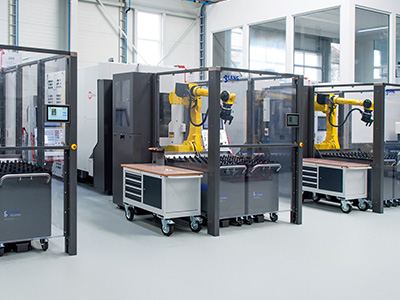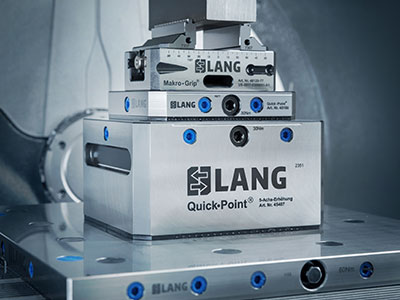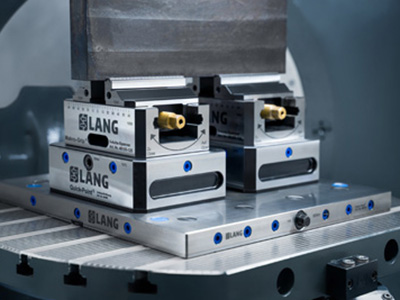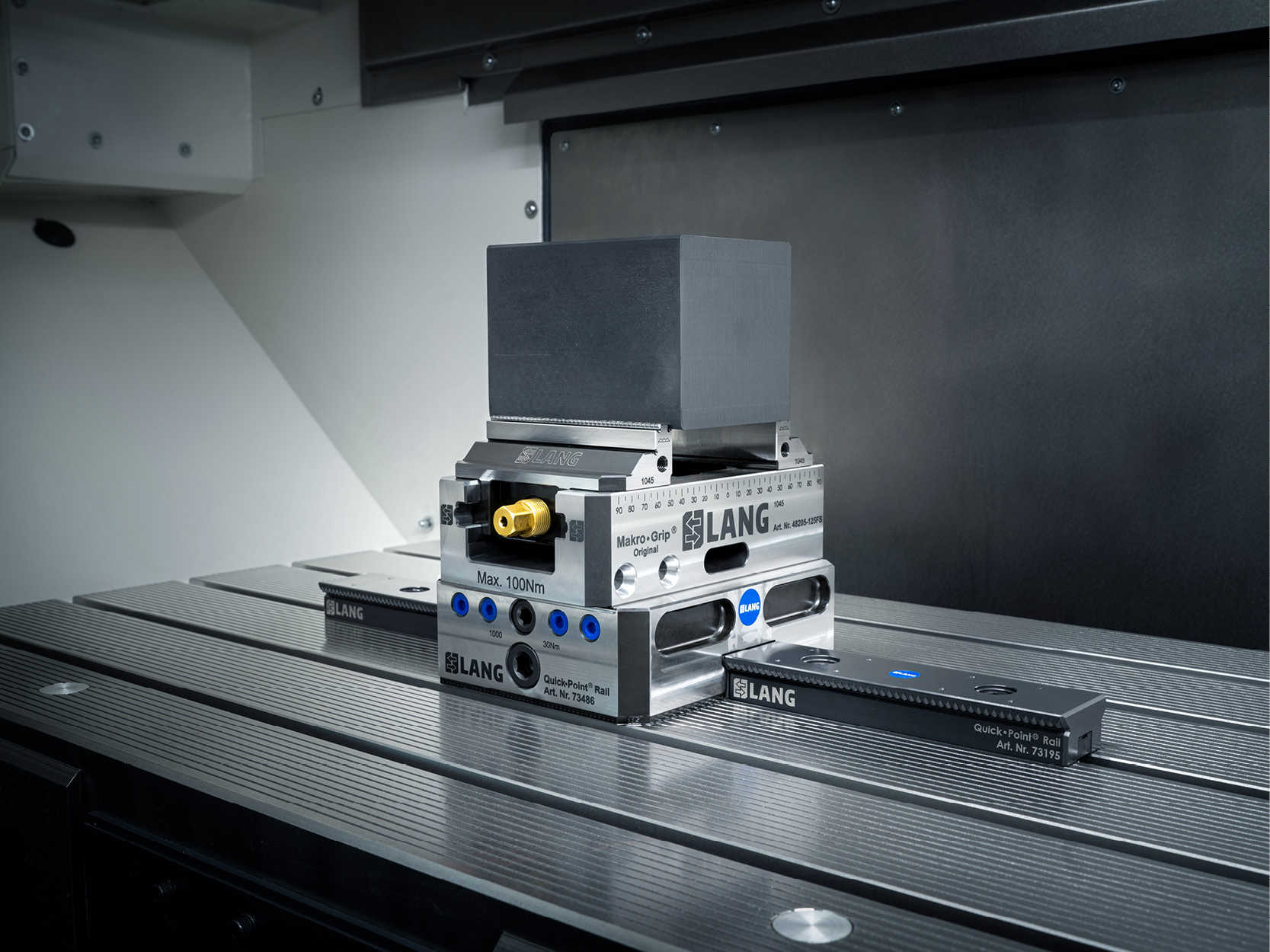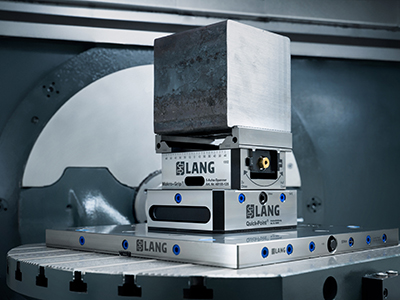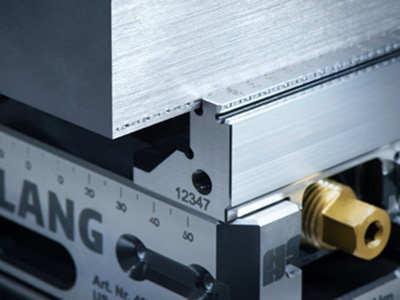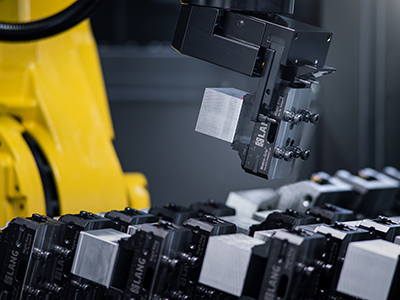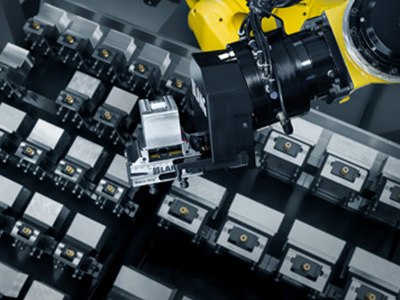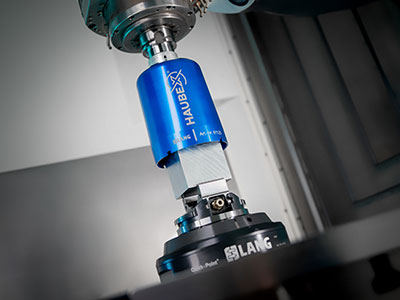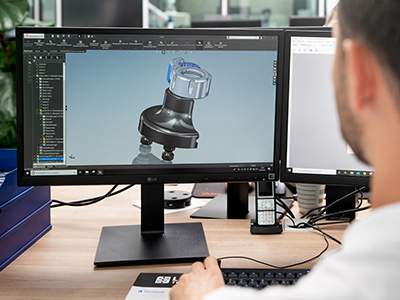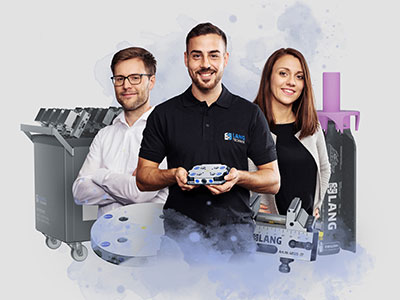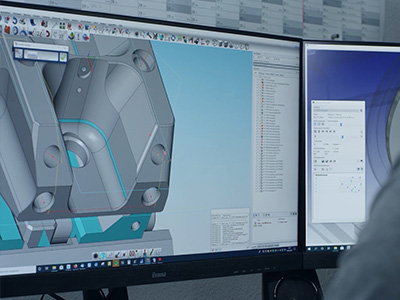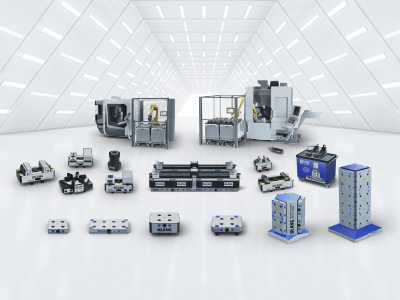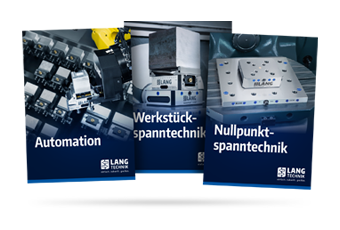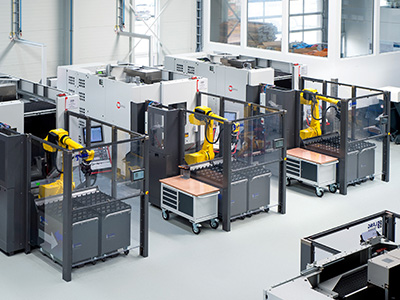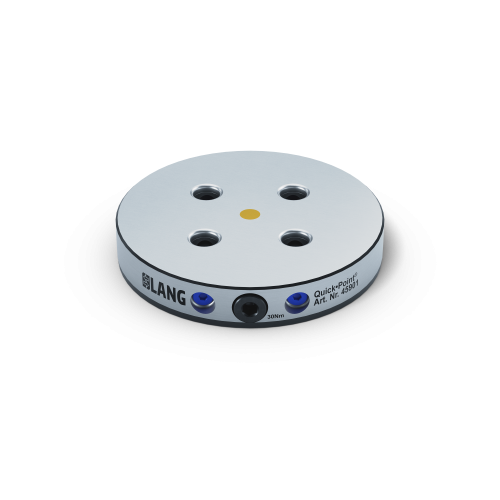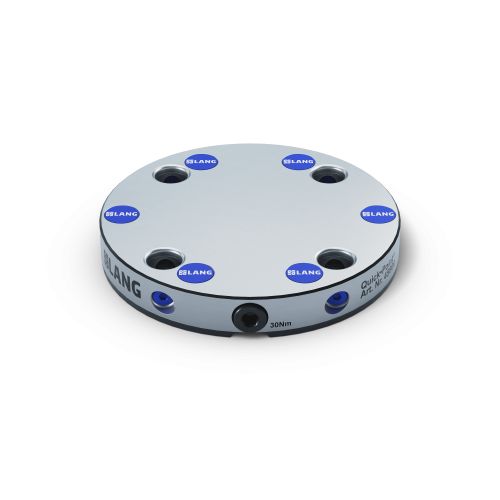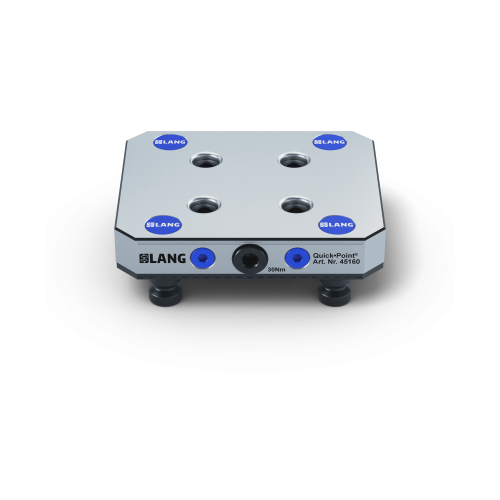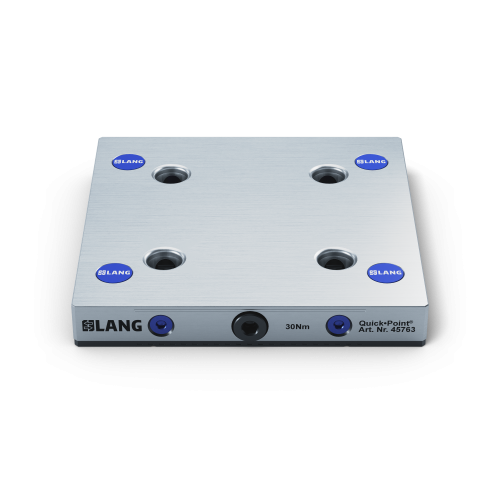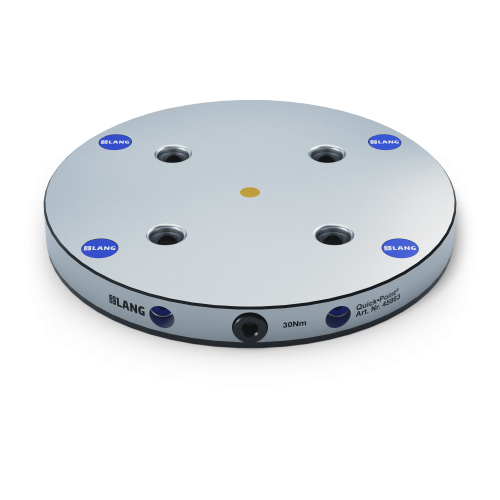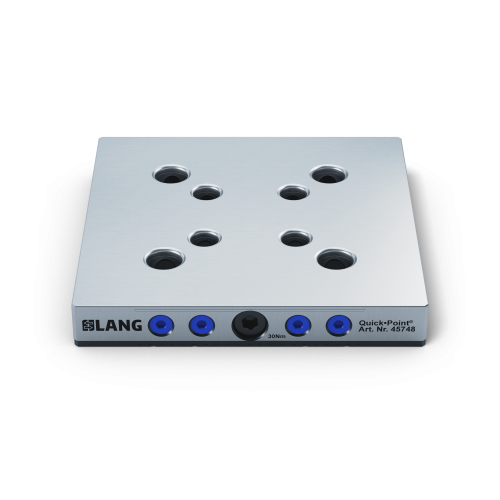
More than holding force and precision - What makes a good zero point system?
Topic video

This video is hosted on YouTube. To watch the video please accept the media cookies in the privacy settings.
What other features of a zero point clamping system are important?
As already mentioned, there is much more to a 0-point clamping system than just high pull-in forces and repeatability. Without prioritizing them, the following features should be included in any analysis before making a purchase decision.
Acquisition / follow-up costs:
When it comes to the investment costs of a zero point clamping system, it is worth taking a closer look below the surface. The purchase price alone is often only the tip of the iceberg. It is therefore essential that the follow-up costs are also included in the analysis. If the system is quite prone to wear, spare parts orders and the associated repairs are not unusual. But how complicated and time-consuming is the removal and installation of the individual parts until the system is functional and ready for use again? Maintenance also plays a role that should not be neglected. If the maintenance of the zero point clamping system is very complex, so that it can perform with constant quality, this not only costs time and money, but also a lot of nerves for the worker. These factors can quickly add up to costs that put the original investment into perspective. Even if they are not always obvious, it definitely helps to have these factors on the screen when making a purchase decision.
Expandability / Applicability:
Thinking of all contingencies right away when purchasing a zero point clamping system is nearly impossible. Here, "contingencies" stands for all possible applications and clamping situations that the 0-point clamping system should be able to handle. A certain expandability, modularity as well as a certain flexibility in the work process are therefore advantageous in any case. This ensures that the user does not necessarily have to worry about future jobs and varying component sizes at the time of investment. The option of subsequently adding further zero point plates to the original setup on the machine table relieves the user of this worry. So does the option of being able to use other system sizes and gird dimensions on a modular basis. The Quick•Point® system from LANG Technik offers all these possibilities: Clamping across several plates, different grid dimensions (52 / 96 mm) that harmonize together and even a new combi plate solution that combines both grid dimensions.
Compatibility / Adaptability:
If a company decides to expand its manufacturing capacity, the focus is basically first on the machine tool. Parameters that significantly influence the purchase decision include its size, travels and accuracies, but also the number of tool positions or the characteristics of the machine spindle. In the vast majority of cases, however, tools and workholding systems do not yet play a role. In most cases, these are not taken care of until later in the process. Often even at the last minute, when the milling machine has already been delivered. This planning process is quite natural, but it also highlights the priorities. Planning is justifiably done from the big to the small.
Therefore:
The zero point clamping system must fit the machine tool, not vice versa.
For our analysis, this means: A good zero point clamping system is universally applicable. It should be equally installable on slot tables of 3- / 5-axis machines, as well as on tombstones, bridges or attached 4th axes / rotary tables. If the zero point clamping system is difficult or impossible to install, it is eliminated early in the decision-making process.
No zero point system manufacturer can offer a standard solution for all CNC machines. Adaptability is therefore all the more important. How well or how easily can the zero point clamping system be adapted to certain conditions (slot spacing, hole pattern, etc.)? Here it is necessary to take a closer look. Due to their design, many systems are less able to be modified at a later date to meet customer requirements - for example, with additional mounting holes or alignment grooves. This is where the qualities of the Quick•Point® zero point clamping system really pay off. Each of the case-hardened zero point plates is also available without a predefined mounting hole pattern so that they can be adapted exactly to the customer's machine.
Functionality / Requirements:
One aspect that is closely linked to the above-mentioned factor is the mode of operation of the zero point clamping system and thus also the associated requirements within the machine tool. Is a pneumatic 0-point clamping system preferred or a system with purely mechanical zero-point clamping? Without diving too deeply into the respective advantages, it can certainly be stated that both alternatives have their right to exist. However, if the choice falls on a pneumatic system, there is no getting around the question of whether a medium is required in the machine tool or whether control must be provided externally? This question is unnecessary with mechanical zero point clamping systems, which are opened and closed via a torque wrench. They are generally less susceptible to faults and more robust. At the same time, they offer a certain independence from the machine tool, which is certainly not a disadvantage. At LANG, customers have both options. As standard, all zero point plates are mechanically actuated. However, pneumatic solutions can also be realized on special request.
Operation / User-friendliness:
Regardless of whether it's Monday or Friday and regardless of whether employee A or employee B is setting up the machine, the result should always be the same: consistently high process and production quality. At the same time, the changeover process should be as simple as possible. The easier something is to operate, the better. This is no different with zero point clamping systems. From ease of understanding the system to work ergonomics (does the worker have to lean far into the machine to access screws?). The worker should feel added value at work and not struggle through processes - whether mental or physical. A good system offers exactly this added value.
Summary:
The points described make it clear that a good zero point clamping system is not only defined by its precision and holding forces, let alone by its price. Especially the factors that are not always obvious at first glance often make the difference. A high degree of flexibility and adaptability in particular represent special added value for the user. In addition, good zero point clamping systems score points for their versatility and user-friendly handling. The more all these points are taken into account, the more suitable the zero point system is for everyday use and practical application.
And that is exactly what the zero point clamping system from LANG Technik is: a flexible, modular and durable system for zero point clamping that can be ideally integrated into the production environment. An ideal way to optimize set-up time which can be installed on virtually any CNC machine. Many thousands of customers worldwide who use Quick•Point® every day can tell you a thing or two about it.


